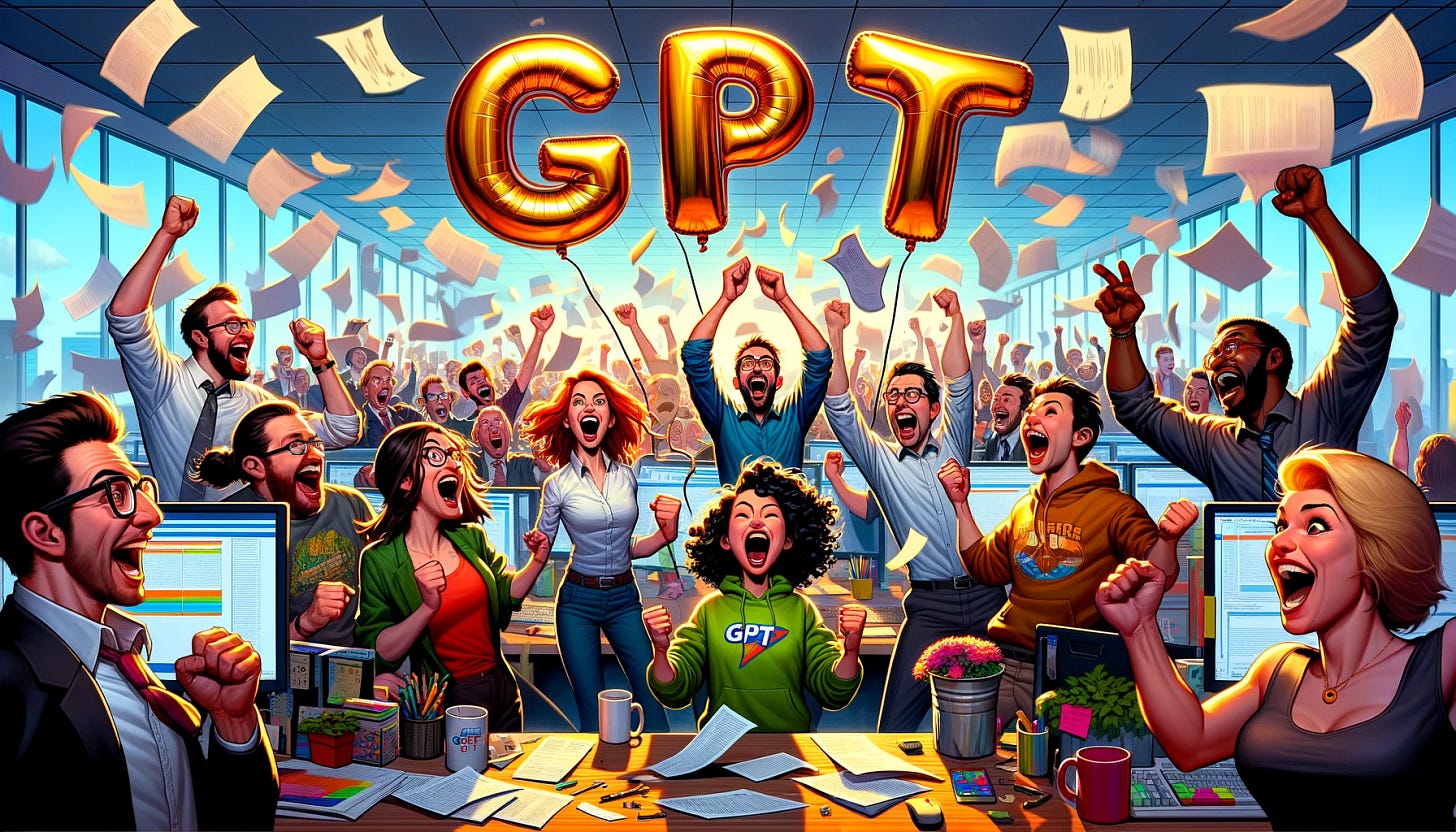I Made a Few GPTs. Here’s What I Learned.
GPTs offer lots of potential but are currently far from flawless.
Holy shit-bananas, folks!
GPTs are all the rage right now.
Since OpenAI unleashed GPTs, the AI corner of the Internet has gone nuts. People are creating thousands and thousands of GPTs.
There are already no fewer than two dozen separate GPT directories, each simultaneously claiming to be “The Biggest Collection of GPTs Ever.”
There is a separate site that collects the above directories into a single list.
We have GPTs that can help you find other GPTs.
We have GPTs that can help you make better GPTs.
We have GPTs that can GPT your GPT’s GPT.
G.P.T!
Things got to the point where OpenAI couldn’t cope with the influx of new ChatGPT Plus subscribers and had to voluntarily stop accepting paid users.


